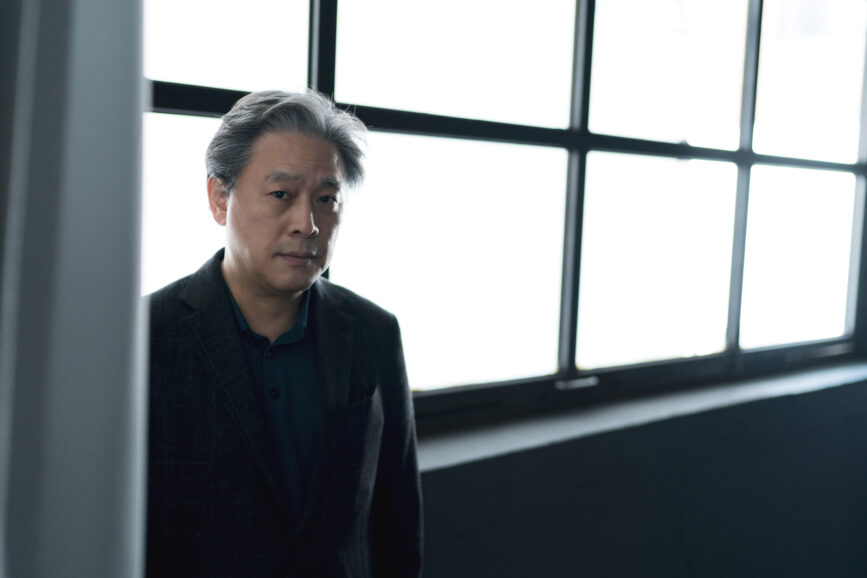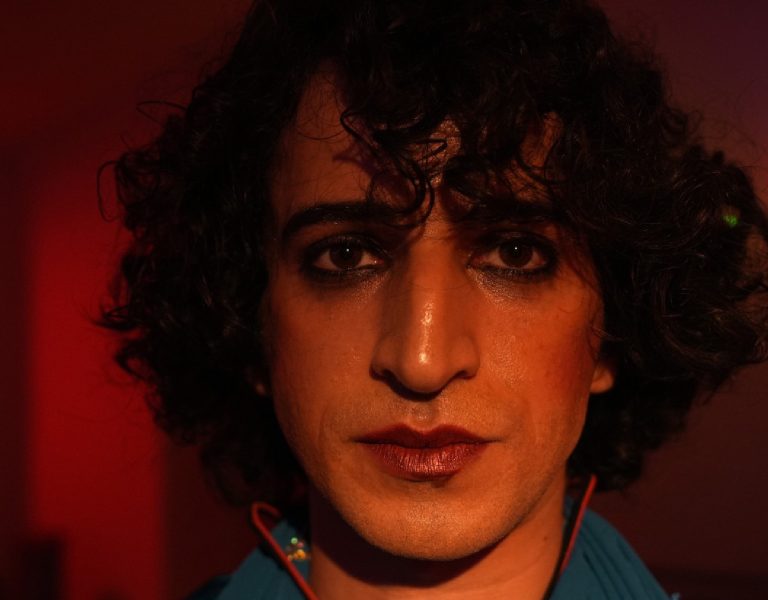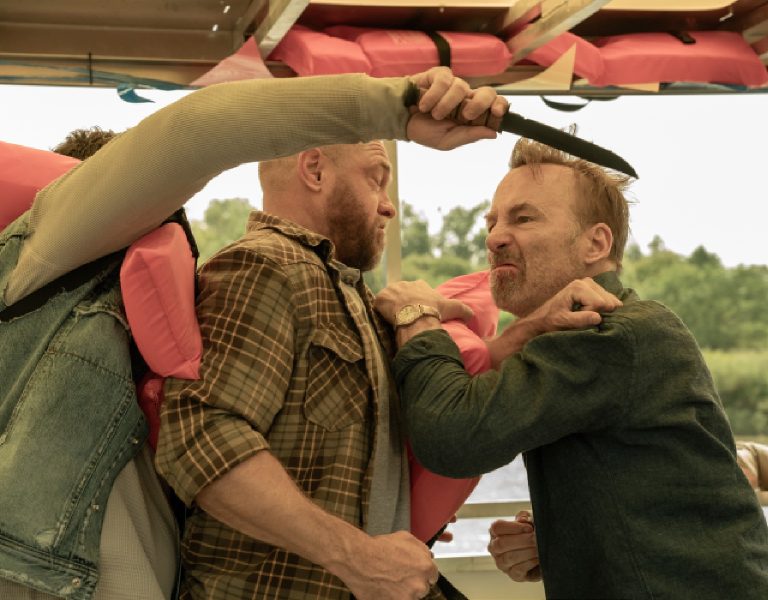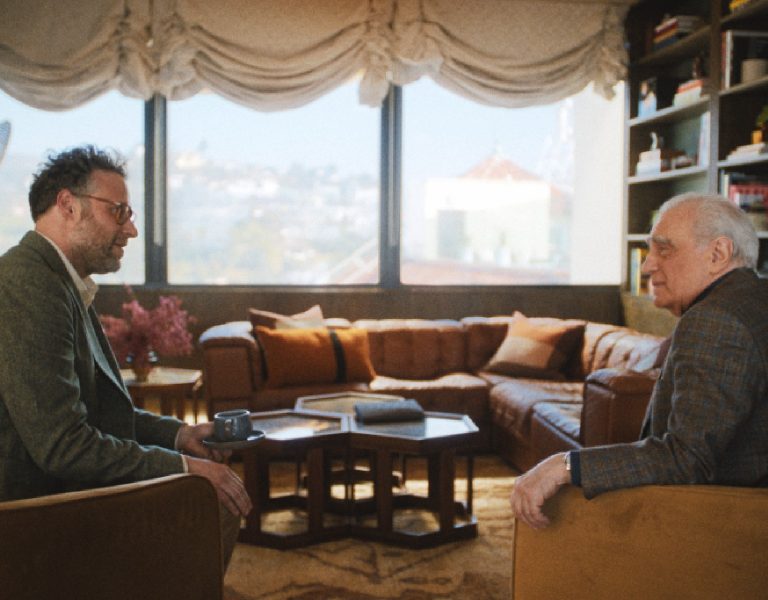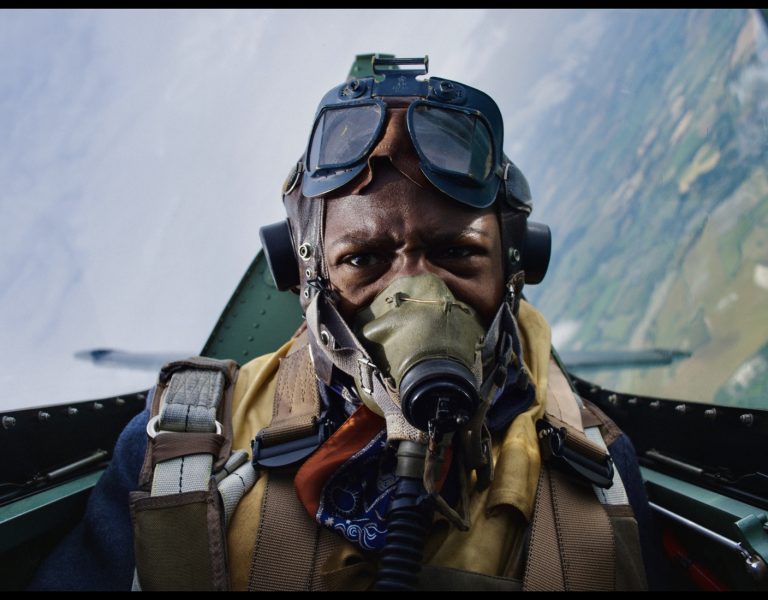CLASSIC TWIST
Chosen to be the official 2023 Oscar submission for South Korea is the romantic thriller Decision to Leave by Park Chan-wook (Oldboy), who creates an unconventional love story with the trappings of the crime noir genre. Cinematographer Kim Ji-yong (The Fortress), the first Korean to win the EnergaCAMERIMAGE Golden Frog, reveals his vision for the film.
Decision to Leave has been compared to Vertigo and Alfred Hitchcock, but it was not a direct influence for the collaboration between director Park Chan-wook and cinematographer Kim Ji-yong.
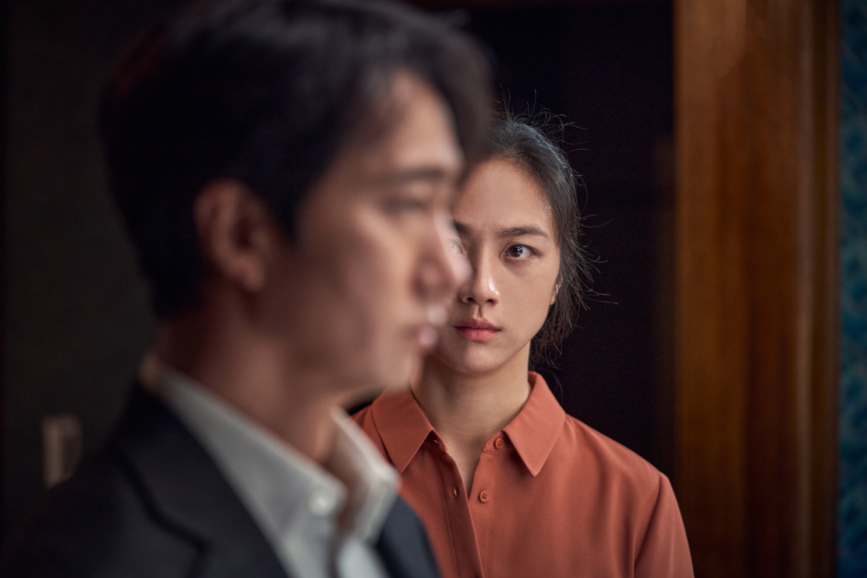
“One of the first conversations that I had with my cinematographer is that if the film was to have two parts, then the first part should have limited camera movement,” explains Park Chan-wook. “And we will only move the camera when it’s absolutely needed. We wanted to visualise those restrained emotions like classic films. Since The Handmaiden had a lot of interiors shots, we built the set and most of the film was shot there. This time around I wanted to take the camera to the outdoors, shoot on location and act upon those open images.”
Even though the footage was shot on the ARRI ALEXA Mini it was important to recreate a filmic aesthetic for Park. “I started my career in the celluloid era and began my photography career in that era too, so I have this obsession of making sure that my digital film still has the celluloid look.”
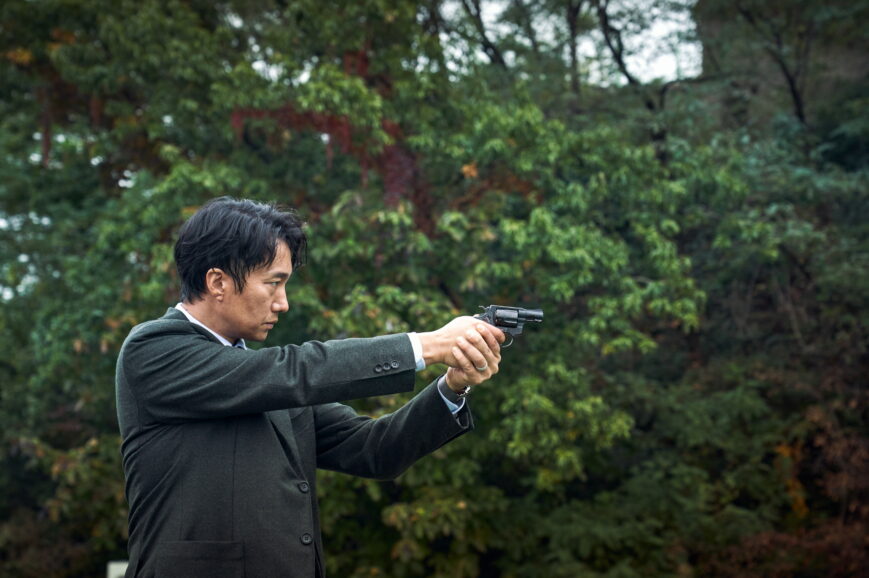
Most of Decision to Leave was shot with a single camera with a second available when required. The lens package consisted of Cooke anamorphic 25-135mm; Zeiss Super Speed; Genesis Vintage ’66; and Angénieux Optimo 15-40mm, 45-120mm, and 28-340mm.
“The director and I wanted to have that classical textural feel rather than digital film,” remarks Kim Ji-yong. “One way of doing it was using an anamorphic lens. We tested a few lenses, but I liked the Cooke’s contrast and sharpness of it to match with other spherical lenses which we had to use for visual effects. When you shoot wide open with this lens it becomes softer and had less contrast. 135mm is a good portrait lens and has a beautiful bokeh in the background. But I didn’t want overuse it, so I specified a few shots to use that lens.”
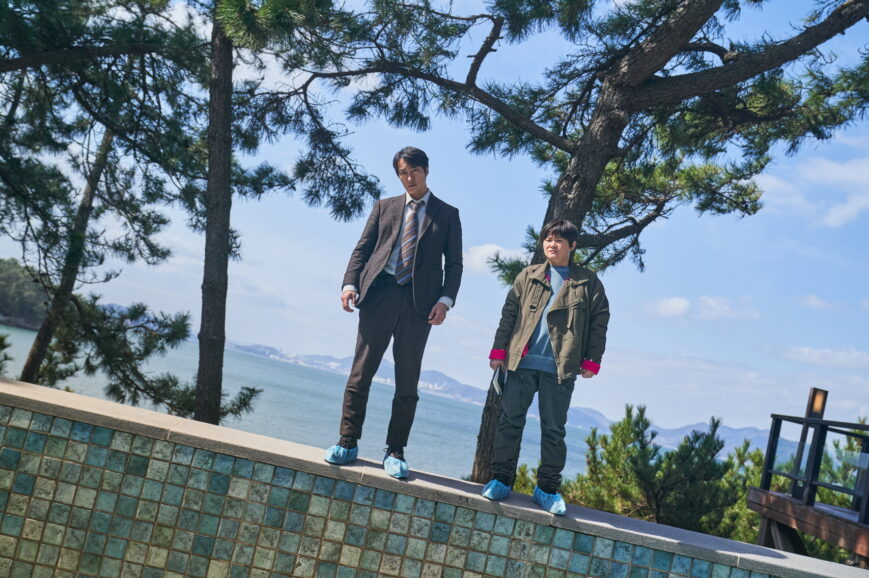
A mixture of LEDs, HMIs and tungsten lights were utilised. “Ever since LEDs came out you have more options, so people are using a lot of colours in the film,” observes Kim. “It’s too much. Every film these days is colourful. We didn’t want to do it. All the colours for the costumes and set designs were carefully chosen so I didn’t want to mess that up.”
Another common trend was avoided. “Many current films and TV shows have shallow depth of field unlike the films we discussed in preproduction which were shot roughly around T4.2 or T5.6. Things were much more in focus back then. To mimic that I shot almost everything on T4, so you see more in the background.”
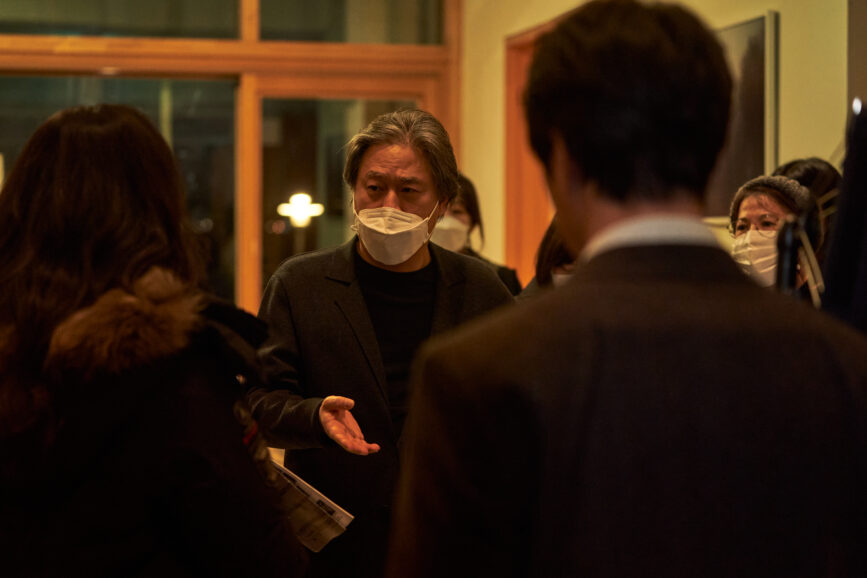
Interrogation scenes are commonplace. “We were tried to use the mirrors a lot for focus changes. The second time Seo-rae [Tang Wei] comes in to be interrogated, she and Hae-joon [Park Hae-il] spend a long time together, from afternoon until evening time. It is an interrogation but at the same time it is like a date. I started showing the distance between the two people and getting closer and closer as time goes on. We designed the scene in that way in the storyboards. It physically got closer later but at the midpoint they are still faraway, but their reflections are closer.”
“In terms of the lighting we didn’t do anything too conceptual since most of the shoots were outside and on location, so I depended on practical lights,” explains Park. “For part two when we move to the misty town, I wanted to make sure that there was a clear distinction between indoor and outdoor. When we are indoors everything should be clear but when you are outside, there has to be some level of mistiness to the atmosphere. I had to create that vagueness and unclearness so that I can also visualise the emotions of the characters.” The mist was added later in post, but Kim still had to provide a solid foundation. “The visual effects team and I looked at real photos of what it is in real life, and we tried to mimic that in post. When shooting those shots, you can’t have any direct sun, so I cut all the natural daylight. Sometimes we had to schedule it for when the sun was behind the building or blocked by mountains.”
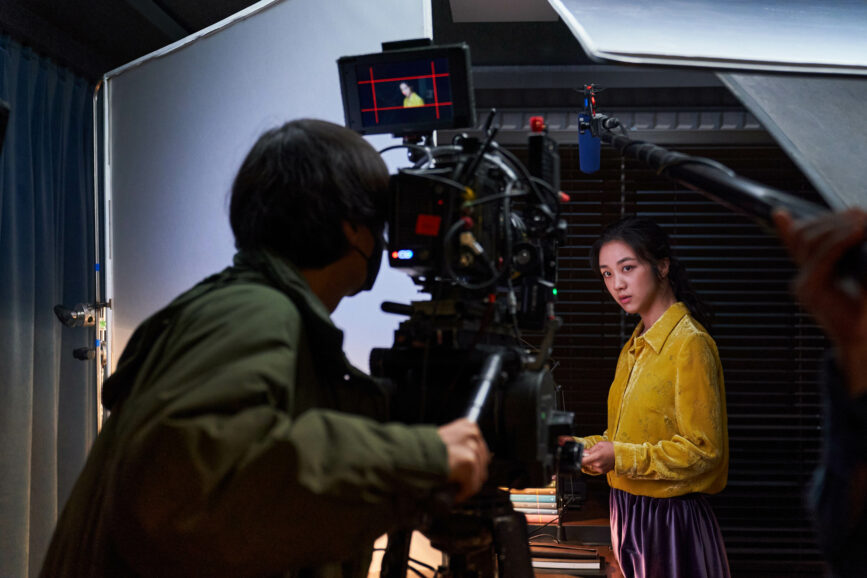
DI was essential in executing the finale, which was shot over two and a half days, with three locations being assembled together to create the impression of a single beach. “That sequence starts around late afternoon and then goes close to night,” states Park. “The colour changes slowly and that produces the magic hour effect that I wanted to create. You have hurry because it’s going to get dark, and you won’t be able to see anything so there is the whole sense of immediacy and it’s all thanks to the DI technology that I was able to create that emotional impact.”
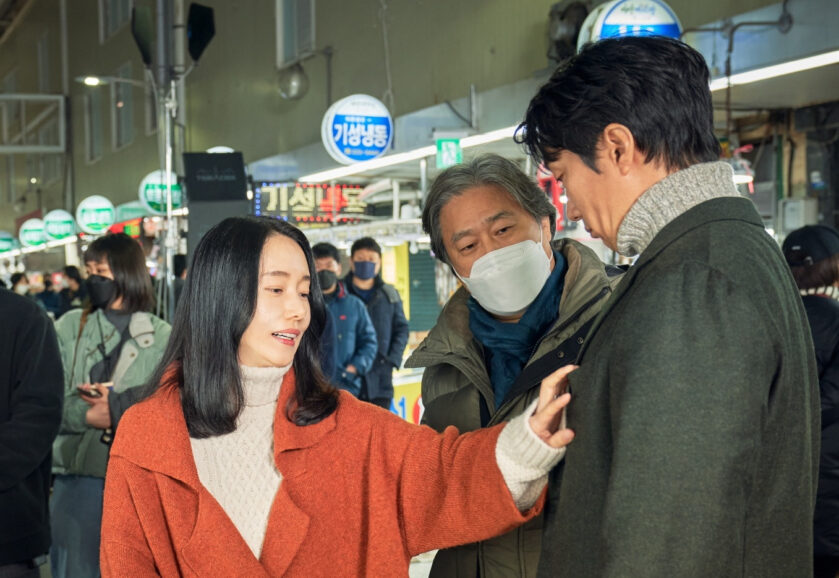
“The last shot of the film had to be captured at the perfect time,” recalls Kim. “The sun has to be right on the horizon and the high tide has to come in to cover this grave. We had to shoot shot number one and nine, and then go back to shoot number two.”
The weather played havoc. “There is one big wide shot when Hae-joon comes in right after Seo-rae is down there. It was the first day of the shoot and we had to go in five minutes before everything goes dark and all of a sudden, we had a snowstorm! But we had to shoot it and the visual effects team erased the snow.”
